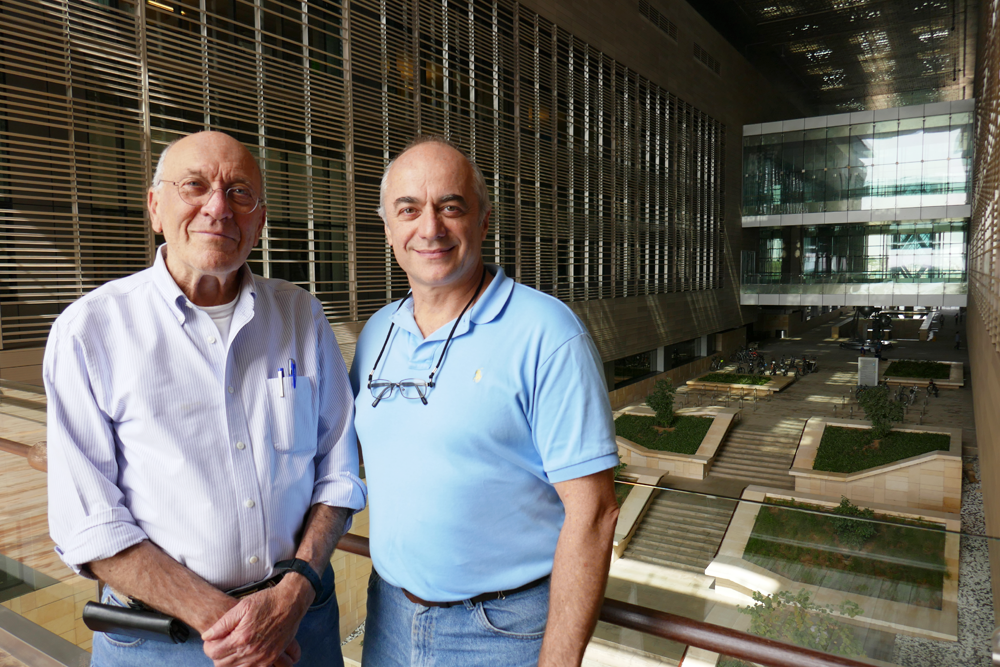.jpg?sfvrsn=39330263_0)
.jpg?sfvrsn=39330263_0)

06 March, 2017


Professor Amos Nur’s research interests explore: Seismic reservoir simulation.
“The main focus of my research over the last decades has been to try to find ways to link these two huge disciplines that are not fully connected.”
In a recent two-week visit to KAUST, Prof. Nur, the Wayne Loel Professor of Earth Sciences, Emeritus at Stanford University, explored these topics at length with a new generation of Earth Science and Engineering students in the Energy GeoEngineering Lab group and the broader ANPERC community. Professor Nur has been working on these topics since his days as a Ph.D. student at M.I.T., where he spent time focusing on the relationship between seismic waves and the structure of rocks that they travel through.
“A seismic survey nowadays can have 10 million numbers that are recorded by seismologist,” he stated during one of his recent talks on campus. “We process those numbers or images to produce beautiful pictures and colors, but we don’t know what they mean in terms of reservoir properties. It’s an acoustic property, but the reservoir people couldn’t care less about an acoustic signature, as they don’t know what it represents,” he said.
“On the other side of the equation, we have the simulation people. They have a one billion cell simulator, maybe now they have five billion cell simulator. So it’s huge computing, but for each cell they don’t have data to put in the cells. So they guess, or they make it up, or trial and error.”
What may be surprising to many young scientists and researcher is that despite the transformative increases in computing power and data over the past four decades, the fundamental problems Prof. Nur addressed as a graduate student still haven’t been resolved. This was a challenge in his day, and it’s a challenge for tomorrow’s scientists, too.
Members of EGEL conducted a substantial “Q&A” style interview with Prof. Nur, one of the most highly regarded researchers in the field, during his time at KAUST. The interview is being transcribed and a link will be posted here when it is complete. Please visit the page soon for more fantastic insights from this legend of rock physics!